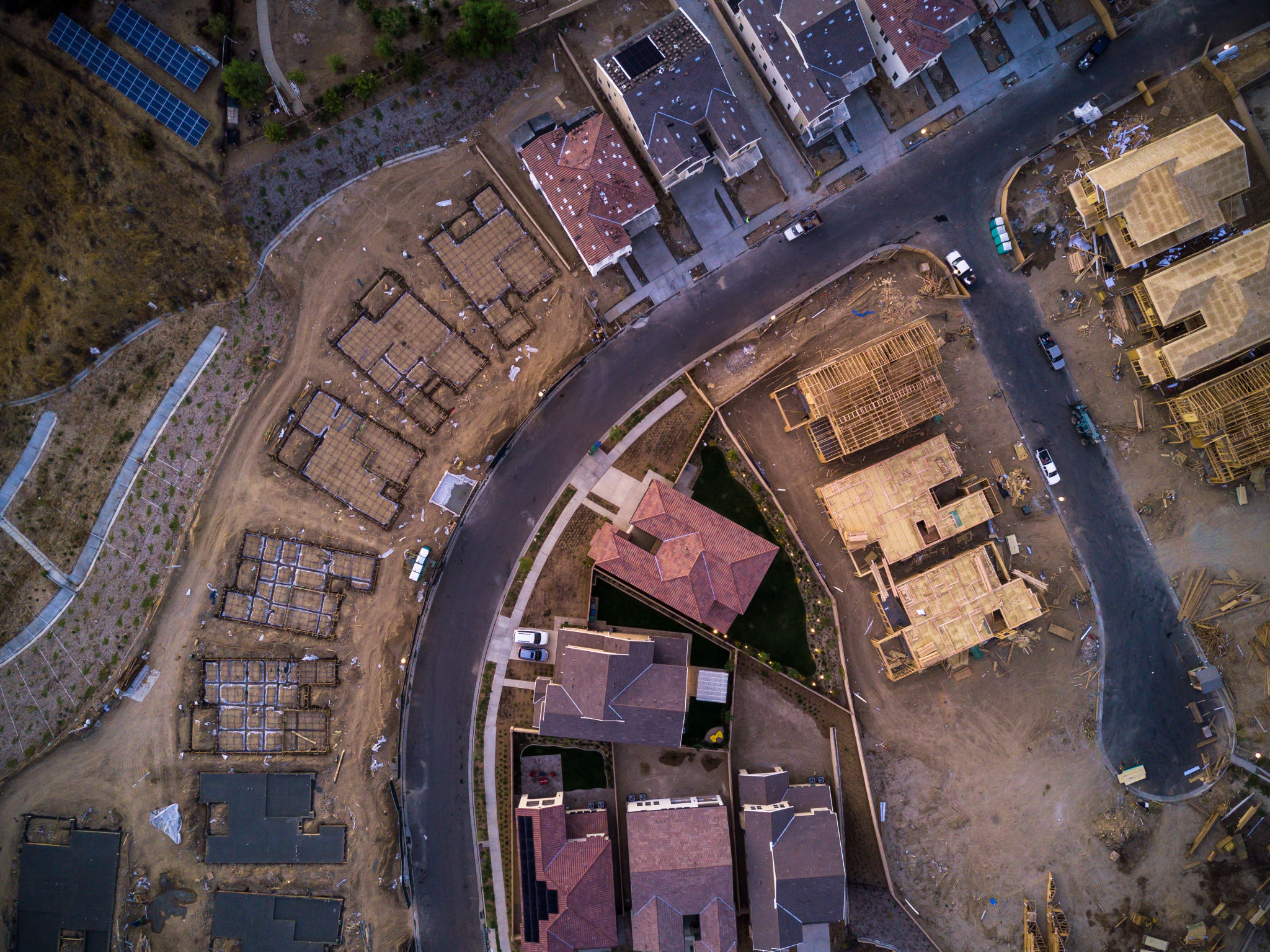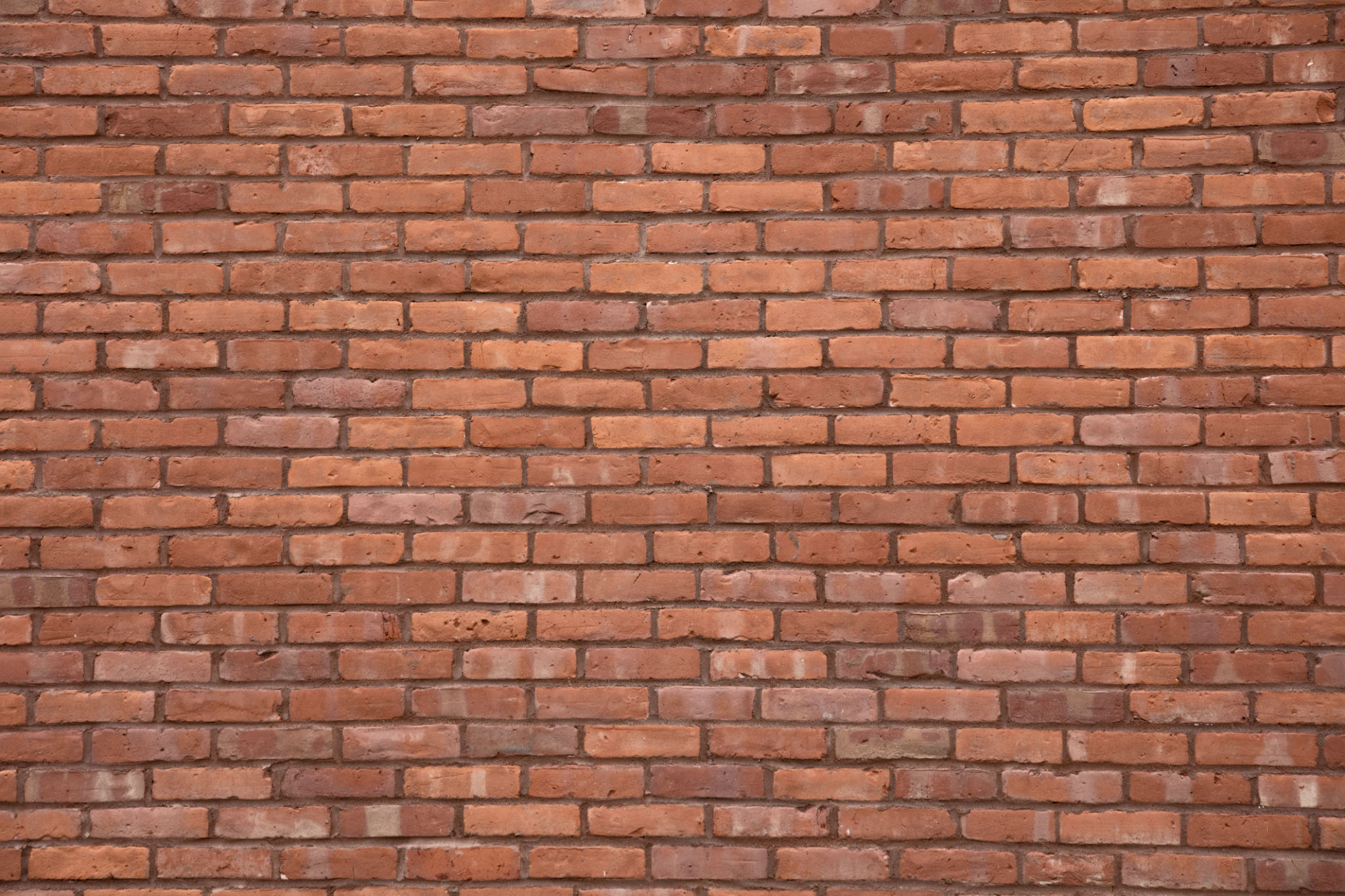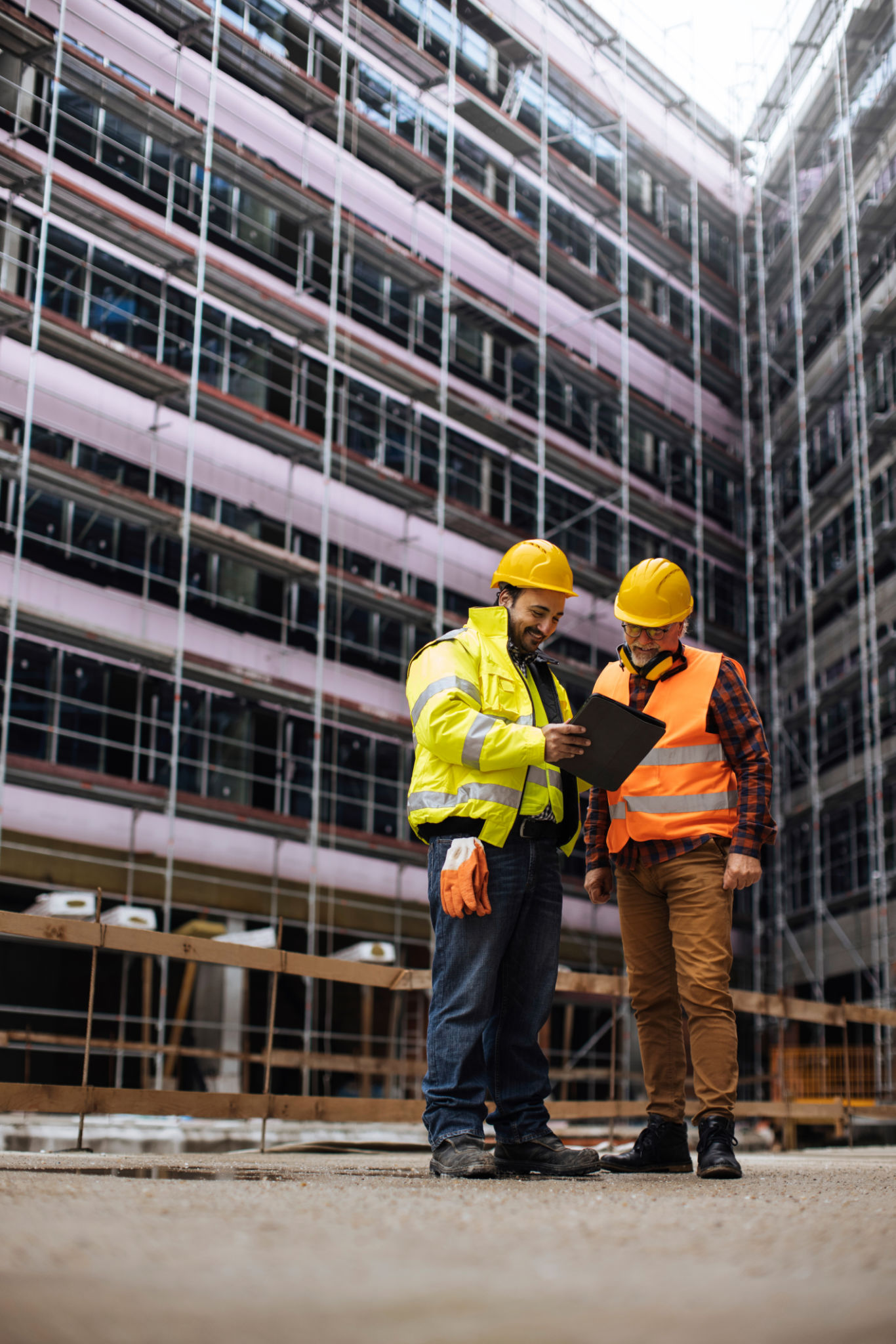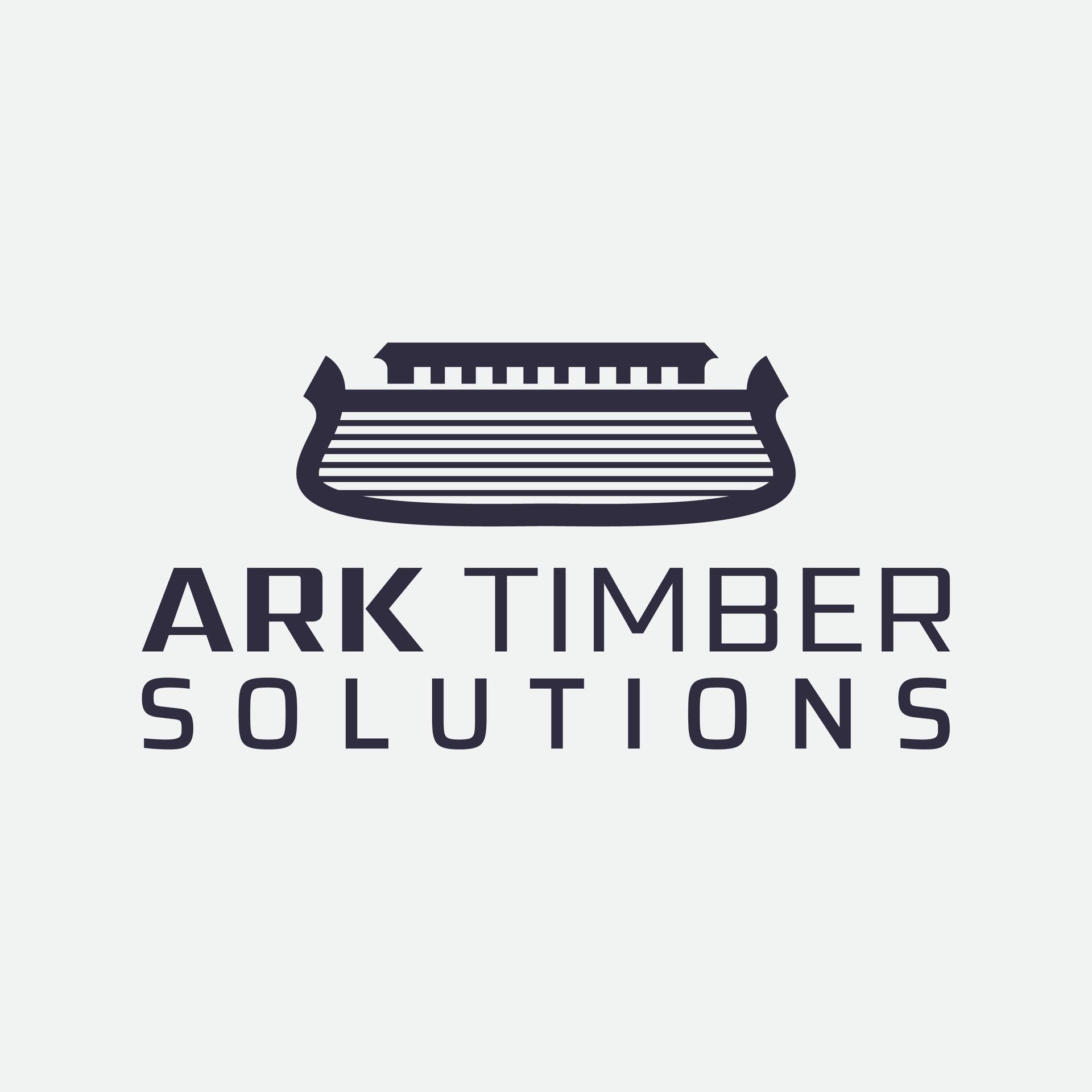Comparing Timber Frame and Traditional Brick Builds: Which is Better?
Understanding Timber Frame and Traditional Brick Builds
When it comes to building a home, choosing the right construction method is crucial. Two popular options are timber frame and traditional brick builds. Each has its own set of advantages and disadvantages, making the decision largely dependent on personal preferences, budget, and environmental considerations.

What is a Timber Frame Build?
Timber frame construction involves creating a skeleton of wooden beams and columns to support the structure. This method is known for its speed of construction and flexibility in design. Timber is a renewable resource, making it an environmentally friendly option. Additionally, timber-framed homes are often well-insulated, providing excellent energy efficiency.
Advantages of Timber Frame
- Faster construction time: Timber frame projects can be completed quickly due to off-site fabrication.
- Sustainability: Wood is a renewable resource and has a lower carbon footprint compared to other materials.
- Design flexibility: The lightweight nature of timber allows for innovative architectural designs.

What is a Traditional Brick Build?
Traditional brick builds rely on bricks and mortar to create solid, enduring structures. Brick constructions are renowned for their durability, weather resistance, and sound insulation properties. Although brick homes might take longer to build compared to timber frames, they offer a classic aesthetic appeal that many homeowners desire.
Advantages of Brick Builds
- Durability: Brick homes are known for their long-lasting nature and ability to withstand harsh weather conditions.
- Low maintenance: Bricks require minimal upkeep over the years.
- Fire resistance: Brick is non-combustible, providing better safety in case of fire.

Cost Considerations
The cost of building a home can vary significantly between timber frame and brick constructions. Timber frames can be more cost-effective due to quicker build times and less labor required on-site. However, the price can increase with the choice of high-quality timber or customized designs. Brick builds may have higher initial costs but can offer long-term savings due to their durability and low maintenance requirements.
Environmental Impact
When considering environmental impact, timber frame constructions typically have the edge. The use of sustainably sourced wood contributes to a lower carbon footprint. In contrast, brick manufacturing processes can result in higher emissions. However, bricks have better thermal mass properties, which can lead to energy savings over time.
Conclusion: Which is Better?
Ultimately, the choice between timber frame and traditional brick builds depends on individual priorities. If speed, sustainability, and design flexibility are important, timber frames might be the way to go. Conversely, if durability, low maintenance, and classic aesthetics are preferred, traditional brick builds could be the better option. Evaluating these factors carefully will help determine the best fit for your new home project.
